Optimal Timing for Demolition Projects
Timing plays a crucial role in planning demolition projects. Factors such as weather conditions, project scope, and local regulations influence the optimal time for demolition activities. Choosing the right period can enhance safety, efficiency, and cost-effectiveness.
Demolition is best scheduled during dry, mild weather to prevent delays caused by rain or extreme temperatures.
Aligning demolition with project timelines ensures smooth transitions to subsequent construction or renovation phases.
Permitting and regulatory approvals may have specific timeframes; planning ahead helps avoid project hold-ups.
Spring and fall often provide favorable weather conditions for demolition activities.
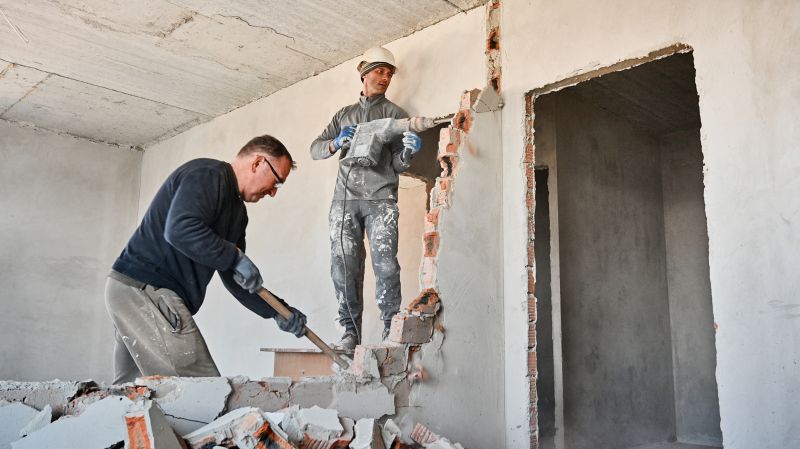
Ways to make Demolition Service work in tight or awkward layouts.
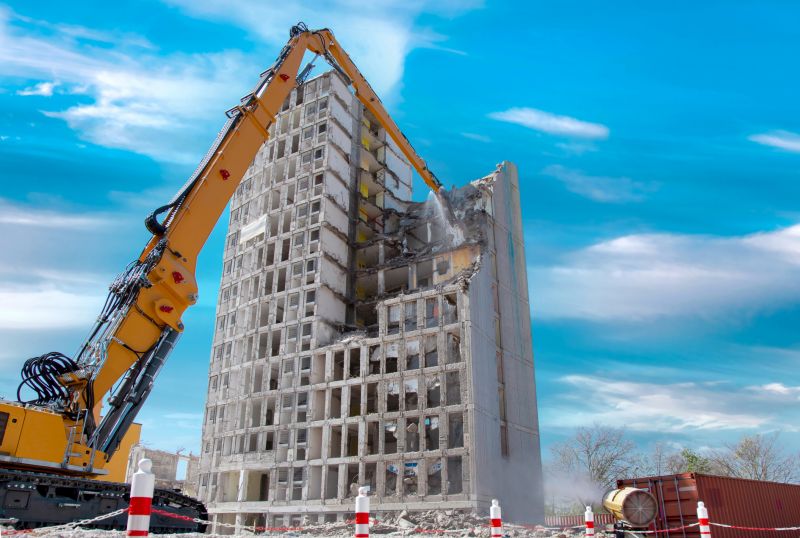
Popular materials for Demolition Service and why they hold up over time.
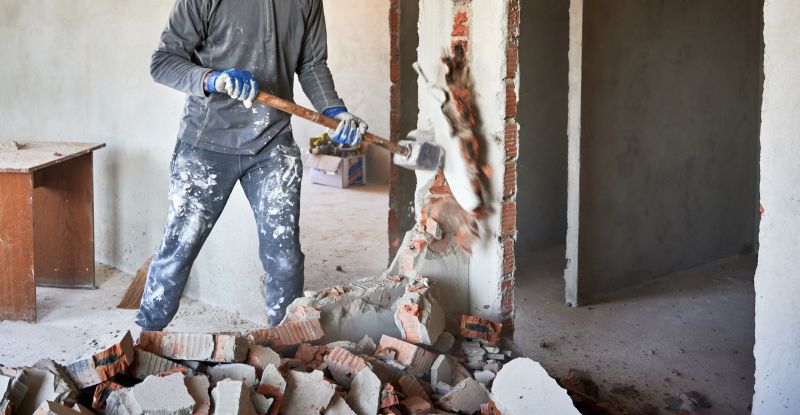
Simple add-ons that improve Demolition Service without blowing the budget.

High-end options that actually feel worth it for Demolition Service.
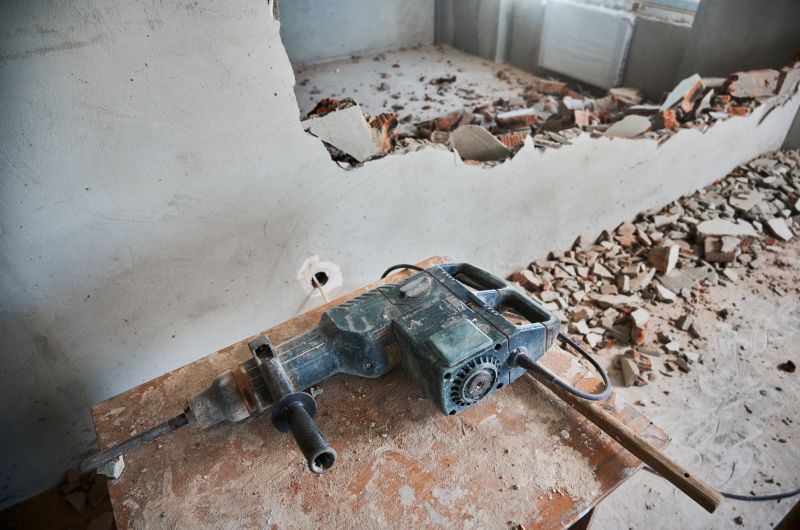
Finishes and colors that play nicely with Demolition Service.

Little measurements that prevent headaches on Demolition Service day.
Demolition services involve the systematic dismantling of structures, ensuring safety and compliance with regulations. Advanced techniques and equipment are utilized to execute projects efficiently. Proper planning and timing are essential to minimize disruptions and control costs.
Statistics indicate that scheduling demolition during favorable weather and seasons can reduce project delays by up to 30 percent. Additionally, careful planning around local permitting processes helps in adhering to legal requirements and avoiding penalties.
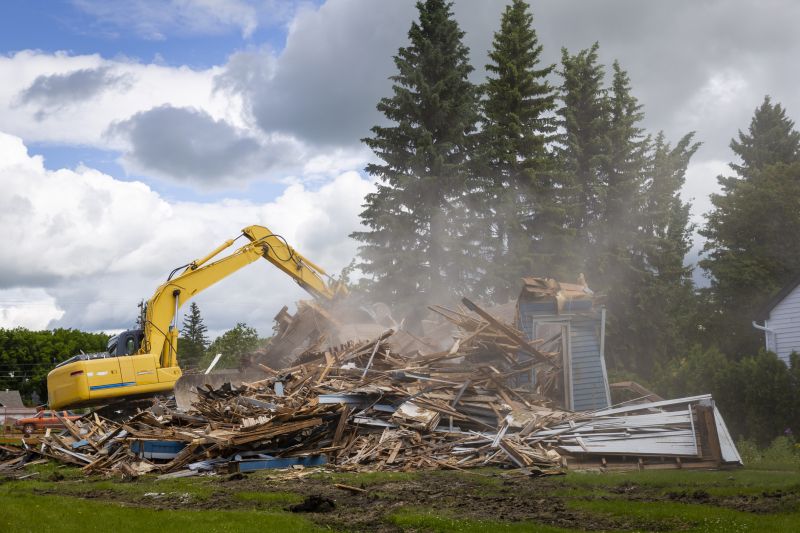
A 60-second routine that keeps Demolition Service looking new.

A frequent mistake in Demolition Service and how to dodge it.

Small tweaks to make Demolition Service safer and easier to use.
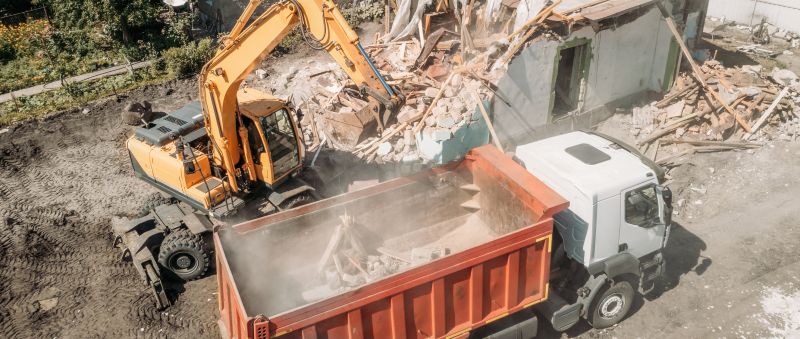
Lower-waste or water-saving choices for Demolition Service.
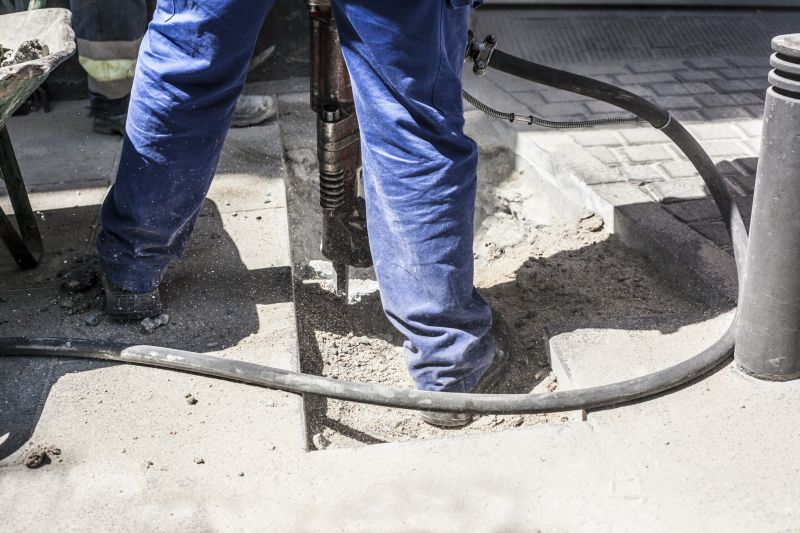
The short, realistic tool list for quality Demolition Service.
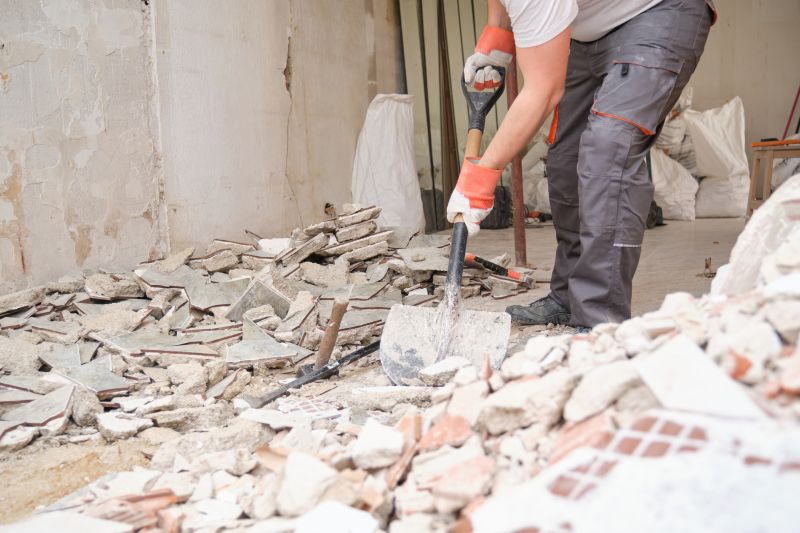
Rough timing from prep to clean-up for Demolition Service.
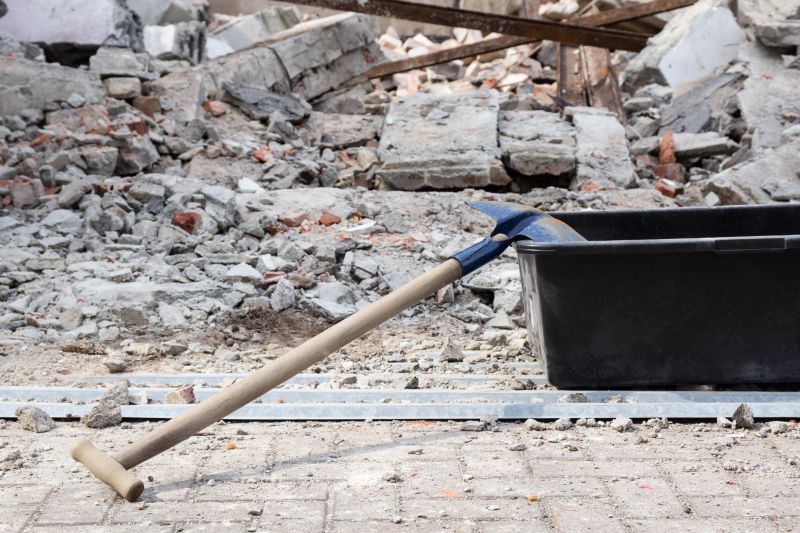
Quick checks and paperwork to keep after Demolition Service.
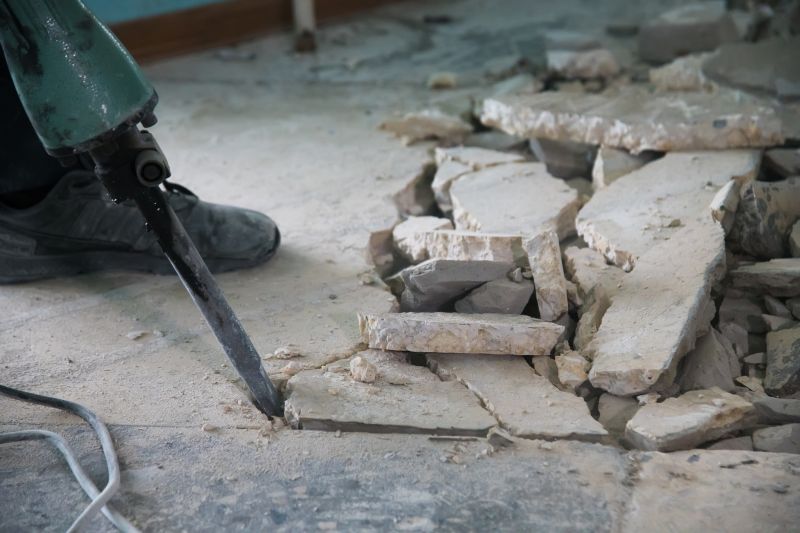
Examples that show the impact a good Demolition Service can make.
| Aspect | Details |
|---|---|
| Optimal Weather Conditions | Dry, moderate temperatures are ideal for demolition activities. |
| Seasonal Timing | Spring and fall generally offer the best weather for scheduling. |
| Regulatory Approvals | Permitting processes may influence timing; planning ahead is essential. |
| Community Considerations | Scheduling during off-peak hours reduces neighborhood disruptions. |
| Project Size | Larger projects may require longer planning and preparation periods. |
| Availability of Equipment | Equipment scheduling can impact project start times. |
| Weather-Related Delays | Rain or storms can halt demolition work, leading to delays. |
| Environmental Conditions | Wind, humidity, and temperature affect safety and equipment performance. |
Understanding the optimal timing for demolition ensures that projects proceed smoothly, safely, and within budget. Proper scheduling considers weather forecasts, local regulations, and community impact to maximize efficiency.
Interested parties are encouraged to contact for detailed planning assistance and scheduling options to ensure the most suitable timing for demolition services in Longview, TX.
